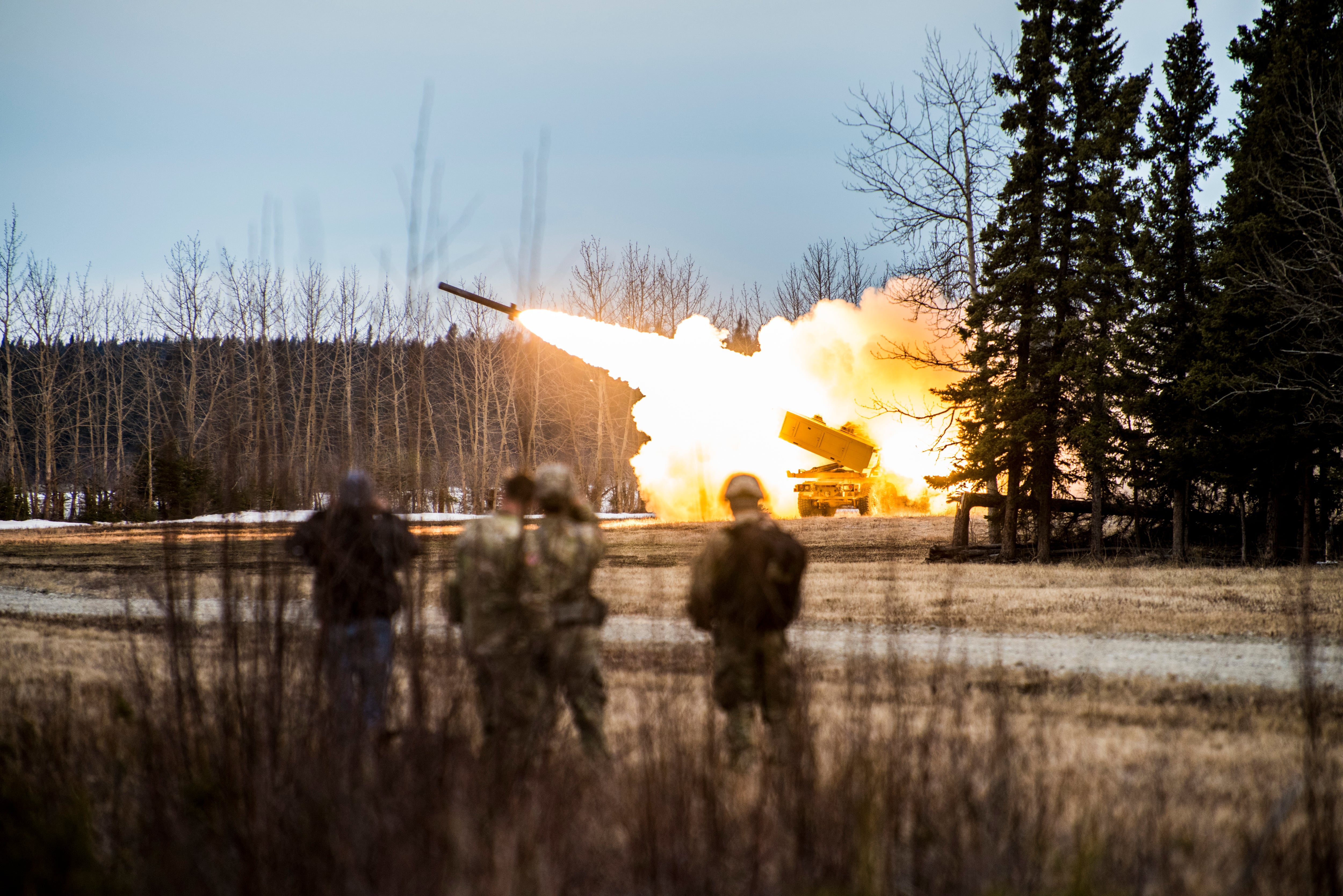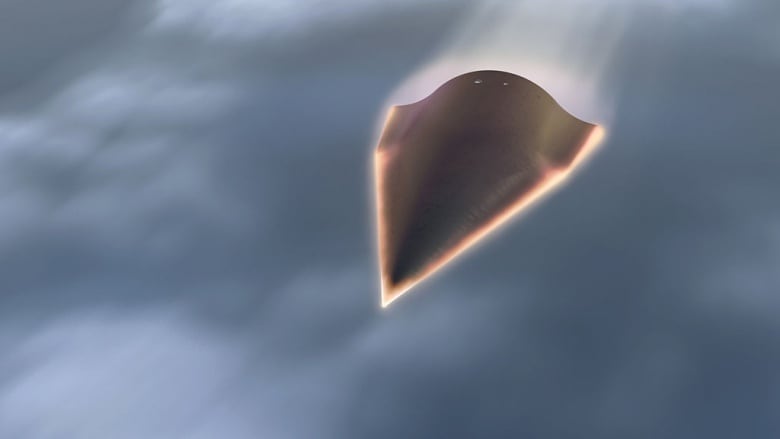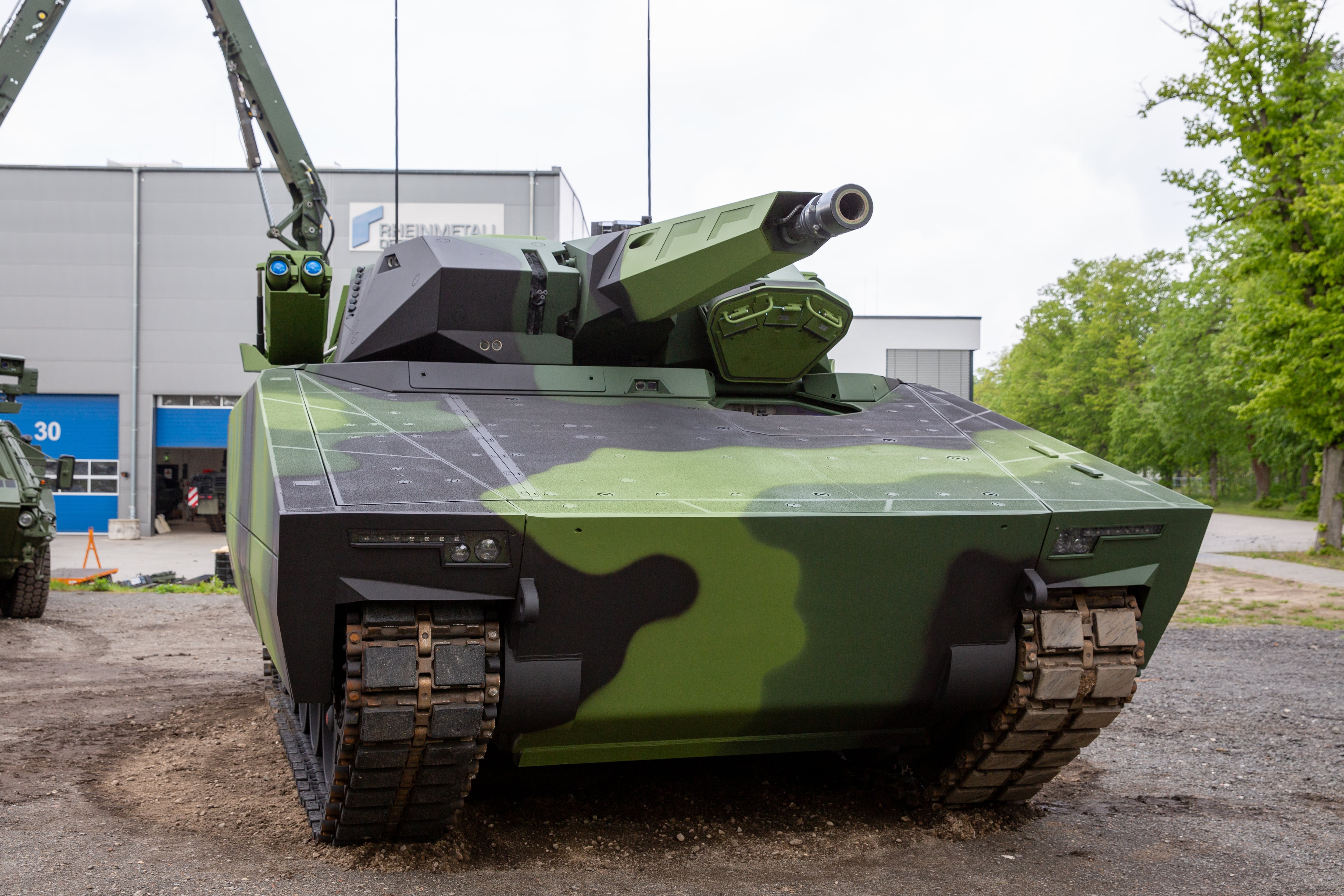WASHINGTON — The fear of a yearlong continuing resolution looms as Congress struggles to reach a budget deal, threatening some of the Army’s major modernization efforts, which as a result might not get off the ground in fiscal 2020 as planned.
Schedule delays will likely erode the Army’s ambitious plan to field a fully modernized force by 2028 in order to maintain capability overmatch with peer adversaries Russia and China.
The Defense Department is funded at FY19 levels until Nov. 21, when Congress must either pass a budget or extend the continuing resolution longer. Based on certain political sticking points, it’s possible a budget deal may not be reached for the entire fiscal year.
If the Army has to stick to FY19 spending levels for an entire year, it won’t be able to begin 79 new start programs, which amount to $1.9 billion in planned investment, according to a detailed list of impacts to the service the Army sent to Defense News upon request.
Additionally, the service wouldn’t be able to increase planned production for 37 programs totaling $1.6 billion.
RELATED

The Army would also be unable to spend $1.9 billion on 46 new military construction projects, $2.8 billion on operations and maintenance efforts, and an additional $500 million on military personnel obligations.
“Severe impacts” are expected in all six of the service’s major modernization priorities, the Army noted in the document, particularly the inability to procure the interim Maneuver Short-Range Air Defense system, a delay in the procurement and development of a Land-based hypersonic missile and a delay in development related to the next-generation combat vehicle.
A continuing resolution, or CR, for an entire year would prevent $3.5 billion in procurement efforts as well as research, development, test and evaluation modernization initiatives. A CR would also directly affect $1.1 billion in modernization efforts currently led by Army Futures Command’s cross-functional teams.
Under the service’s top priority, long-range precision fires, the Army would be unable to stick to its current acquisition strategy for the Extended Range Cannon Artillery system or its Precision Strike Missile intended to replace the Army Tactical Missile System.
The Army would also experience delays in development of its Mobile Medium Range Missile, which requires $20 million, and its Strategic Long-Range Cannon, which needs $91.8 million.
RELATED

Contract awards for the optionally manned fighting vehicle expected in the spring would also experience a delay, which might be considered a blessing in disguise, as only bid was made last month for the competition. The CR would certaily buy the Army time to figure out a way forward that restores competition to the effort.
RELATED

The Army’s plan to procure a future attack reconnaissance aircraft becomes risky under an extended CR as well. The service planned to award two contracts in the spring to competitively build and fly prototypes.
The service’s network modernization is also threatened; the effort includes building defensive cyber operations.
The Army would have to postpone the development of an assured position, navigation and timing capability because the effort requires an additional $42.5 million to proceed with the current fielding to the 2nd Cavalry Regiment and rotational armored brigade combat teams in Europe.
The service’s Individual Visual Augmentation System procurement would experience a delay of six months to a year.
The Army would also be unable to begin procurement of its Common Robotic System-Individual or the Squad Multipurpose Equipment Transport robotic vehicle.
And procuring the Army’s critical command and control system for missile defense — the Integrated Battle Command System — has already been an uphill struggle marred with delays, but its procurement will see further delays under a yearlong CR.
If Congress is unable to reach a deal within the first six months of the fiscal year, the Army will run into issues with 31 production-increase efforts to include 15 UH-60 Mike-model Black Hawk helicopters valued at $247 million and upgrades to the Stryker combat vehicle fleet. The Army would be unable to upgrade 70 Strykers without the $258 million it needs on top of FY19 funding levels.
As the Army attempts to increase its munition procurement and build up its stockpile depleted through operations in the Middle East, the service would be unable to buy additional munitions worth a total of $87.8 million. Production capacities will be constrained at the Army’s arsenals.
A full-year CR would also prevent the production of seven Victor-model Black Hawks valued at $21.1 million and the production of 1,752 Guided Multiple Launch Rocket Systems at a total of $253.3 million, as well as $253.8 million for a total of 2,803 Hellfire missiles.
Planned upgrades to the Sentinel radar would also experience delays, which would affect the modification of eight radars — a project worth $57.4 million.
Under a yearlong CR, active components and entitlements would be reduced by $597 million unless authorities for bonuses and special pay are enacted in CR legislation.
“This impact slows accessions and hampers recruiting and retention incentives,” the Army’s document stated. “Maintaining a competitive overall compensation package ensure[s] the long-term viability of the all-volunteer force.”
A yearlong CR would also prevent the award of 4,400 new family and single-soldier dwellings at $132 million, and would delay major maintenance and repair for up to 269 Army family housing units for a total of $69 million.
The inability to properly fund military personnel cuts at the heart of Army Chief of Staff Gen. James McConville’s No. 1 priority, which is people. And while modernization is threatened under a yearlong CR, current force readiness would also be compromised to include major disruptions in training exercises and events, as well as maintenance.
Jen Judson is an award-winning journalist covering land warfare for Defense News. She has also worked for Politico and Inside Defense. She holds a Master of Science degree in journalism from Boston University and a Bachelor of Arts degree from Kenyon College.






